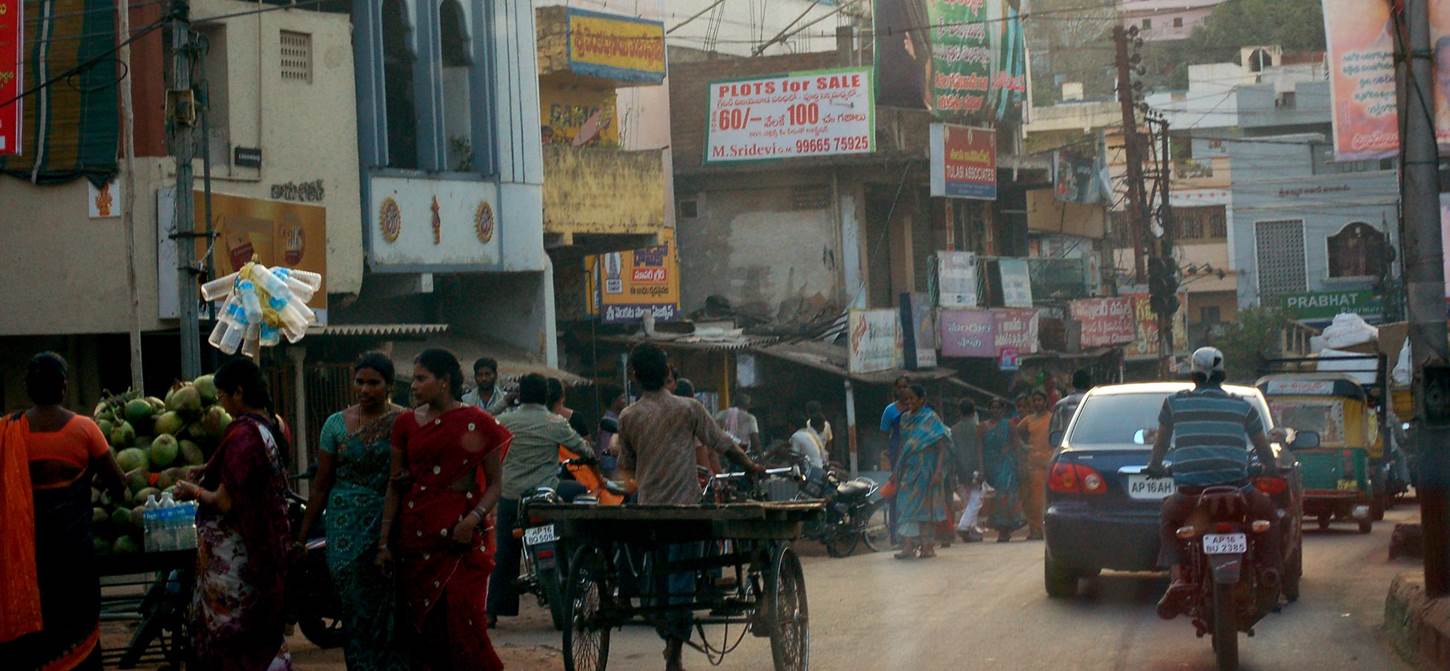Reposted from www.ashleypdickens.com.
We were on Skype, she working in Nepal and me in my air-conditioned New York living room.
My computer screen flickered, and in utter disbelief, I had to ask my friend to repeat herself.
She said it again, slowly—Ashley, there are entire villages in Nepal where there are no women under 30, because they’ve all been sold.
I closed my eyes as the sheer enormity of it washed over me. Generations and generations of little girls being sold by impoverished parents too desperate to see another way. Mamas and daddies handing their daughters over to the highest bidder in a despairing, last-ditch attempt to keep food on their tables. My stomach churned as I pictured children violently ripped away from everything they knew to be sold as playthings.
She continued. Forty-two percent of people in Nepal are unemployed. Selling children is an industry here. They end up at bus stops, dance bars, and massage parlors—the lucky ones will be enslaved as house help.
The lucky ones.
The decay that sin has wreaked on the world is never more evident than when we look at an entire industry devoted to the buying and selling of humans. IJM soberly informs us that,
More children, women and men are held in slavery right now than over the course of the entire trans-Atlantic slave trade…generating profits in excess of 32 billion dollars a year (GDP of Costa Rica) for those who, by force and deception, sell human lives into slavery and sexual bondage. Nearly 2 million children (population of Houston) are exploited in the commercial sex industry. – International Justice Mission (IJM)
Today, you and I and thousands like us link arms and resolve together to END IT. We understand that the 27 million slaves being held captive TODAY are not simply a heart-wrenching statistic—they are names and faces and stories. These are sons and daughters just like ours, standing with their noses pressed to a glass window begging a watching world for intervention. Today, we cry, “Not on our watch!” and affirm together that we will not rest until they are free.
I am deeply grateful for organizations like IJM that have dedicated their lives to bringing freedom to the darkest corners of the world. I weep with each new story they release. I pray fervently for them. I long to see them expand and reach more people—with 27 million still enslaved, there is much yet to be done.
At the same time, I desperately long to see the narrative changed. My heart sings as I read sensational stories of raids and rescue—but I want to read more remarkably unsensational stories. Tell me the one about the Nepali girl who grew up in an adoring family of six. Tell me how she went to school with each of her three siblings because her parents never had to make the impossible choice of which child to educate, and which child to sell. Thrill me with the story of a mother and father whose children never went hungry, who never lived in quiet dread of being torn away from their homes and raped 30 times a day. How do we get more of those stories?
When my husband was in business school, one of his professors told a parable about a dusty village near a river. One day, a village woman noticed a baby floating down the river. Horrified, she ran into the swirling waters and rescued the baby. The very next day, a man passing by noticed yet another baby floating downstream. Horrified, he darted into the river and rescued the baby. This horrific pattern continued for years until, at long last, one of the villagers decided to walk upstream to find out where the babies were coming from.
As we feverishly work to rescue those who have been enslaved, we must also partner with those who are running upstream to stop slavery at its source. Slavery is deeply rooted in poverty. Traffickers prey upon the hungry, the homeless, the widowed, and the orphaned. Mothers and fathers who sell their children are not monsters—they are starving and live lives steeped in a desperation that our Western minds cannot comprehend.
What might happen in those Nepali villages if, before traffickers came knocking on parents’ doors, those same parents had the opportunity to understand their value as children of God and engage in dignified employment? Job creation is the unsung hero in our battle against slavery—a trafficker’s bait holds no allure when the gnawing ache of hunger has been satiated and the rent has been paid. I fear that until we destroy the roots of slavery, for every child rescued, five more will take her place.
The battle to END IT will take all of us. Today, let us resolve to send thousands more into the swirling waters to rescue the victims—and thousands more upstream to stop trafficking at its source.

















Fantastic post, Ashley. Thank you.
Thank you for the inspiring story. I agree, if we can end the scourge of poverty (and violence to women) we will diminish the flourishing of human slavery. Job creation is one approach – and a great one at that. I also believe that by allowing labor to move (in search of decent paying jobs) as freely as we now allow capital to flow from country to country (in search of the cheapest labor), and if we standardize tax rates across the world so that businesses can’t evade paying for the benefits society provides to support a free marketplace by chasing after the cheapest tax rates, these actions also will diminish the practice of slavery. Can you imagine how many young people would not be falsely lured into the slave industry by the promise of a job (through being smuggled into a richer country) if they knew they could freely move from country to country on their own volition. Borders perpetuate and isolate poverty to “over there” and generate the industry that makes slavery profitable.